11 Best Herbal Creams For Mouth Ulcers
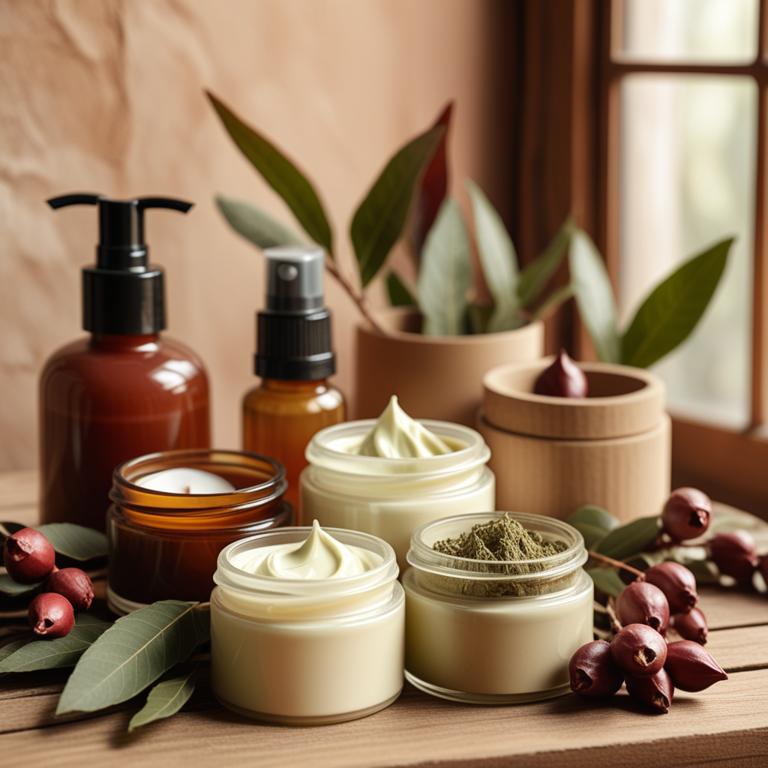
Herbal creams for mouth ulcers are topical preparations derived from various herbs and plants that are applied directly to the affected area to provide relief and accelerate the healing process of mouth ulcers.
These creams offer several benefits, including reducing pain and inflammation, promoting faster healing, and preventing infection.
Some examples of herbal creams used to treat mouth ulcers include Aloe vera, which has anti-inflammatory properties; Tea tree oil, which has antimicrobial properties; Chamomile, which soothes and calms the mouth; Echinacea, which boosts the immune system; and Licorice root, which has anti-inflammatory properties.
Additionally, other herbal creams such as Slippery elm, calendula, and myrrh are also used to treat mouth ulcers due to their anti-inflammatory and soothing properties.
According to "Journal of ethnopharmacology", creams for mouth ulcers can be effective in treating minor Recurrent Aphthous Stomatitis (RAS) due to the analgesic, anti-inflammatory, antiseptic, and wound healing effects of M. communis, a plant traditionally used in Iranian Traditional Medicine.
Below there's a list of the 11 best herbal creams for mouth ulcers.
- 1. Aloe barbadensis creams
- 2. Glycyrrhiza glabra creams
- 3. Melaleuca alternifolia creams
- 4. Echinacea purpurea creams
- 5. Eucalyptus globulus creams
- 6. Hydrastis canadensis creams
- 7. Mentha x piperita creams
- 8. Zingiber officinale creams
- 9. Panax ginseng creams
- 10. Calendula officinalis creams
- 11. Salvia officinalis creams
Also you may be interested in...
TODAY'S FREE BOUNDLE
Herb Drying Checklist + Herbal Tea Shopping List + Medicinal Herbs Flashcards
Enter you best email address below to receive this bundle (3 product valued $19.95) for FREE + exclusive access to The Aphotecary Letter.
$19.95 -> $0.00
1. Aloe barbadensis creams

Aloe barbadensis creams are a natural herbal preparation used to treat mouth ulcers, providing relief from pain and discomfort.
The anti-inflammatory and soothing properties of Aloe barbadensis creams help to treat mouth ulcers by reducing redness, swelling, and pain.
The bioactive constituents, including aloin, aloe-emodin, and aloe-annone, in Aloe barbadensis creams have been found to possess antimicrobial and anti-inflammatory activities that aid in the treatment of mouth ulcers.
The benefits of using Aloe barbadensis creams to treat mouth ulcers include rapid healing, reduced pain and discomfort, and promotion of a healthy oral environment.
Related Study
According to "Journal of International Society of Preventive & Community Dentistry", Aloe barbadensis creams for mouth ulcers have excellent applications in treating periodontal diseases due to their anti-inflammatory, antioxidant, and antibacterial properties.
2. Glycyrrhiza glabra creams

Glycyrrhiza glabra creams, derived from the roots of the licorice plant, have been traditionally used to treat mouth ulcers due to their anti-inflammatory and soothing properties.
The creams help to treat mouth ulcers by reducing inflammation, promoting healing, and providing relief from pain and discomfort.
The bioactive constituents present in these creams, such as glycyrrhetic acid and flavonoids, contribute to their therapeutic effects by inhibiting the production of pro-inflammatory enzymes and enhancing the healing process.
The benefits of using Glycyrrhiza glabra creams to treat mouth ulcers include rapid healing, reduced pain and discomfort, and improved oral health, making them a popular natural remedy for this common ailment.
Related Study
According to "Journal of Ayurveda and integrative medicine", Glycyrrhiza glabra creams for mouth ulcers have been shown to have beneficial effects in preventing and treating oral diseases, including recurrent aphthous ulcers, due to the presence of bioactive ingredients such as glycyrrhizin.
3. Melaleuca alternifolia creams

Melaleuca alternifolia creams, also known as tea tree oil creams, have been widely used to treat mouth ulcers due to their antimicrobial and anti-inflammatory properties.
These properties help to reduce the severity and duration of mouth ulcers by preventing bacterial infections and soothing the affected area.
The bioactive constituents, such as terpinen-4-ol and cineole, found in Melaleuca alternifolia creams contribute to their therapeutic effects by reducing inflammation, preventing infection, and promoting wound healing.
The benefits of using Melaleuca alternifolia creams to treat mouth ulcers include rapid healing, reduced pain, and prevention of secondary infections, making it a popular natural remedy for this common oral health issue.
4. Echinacea purpurea creams
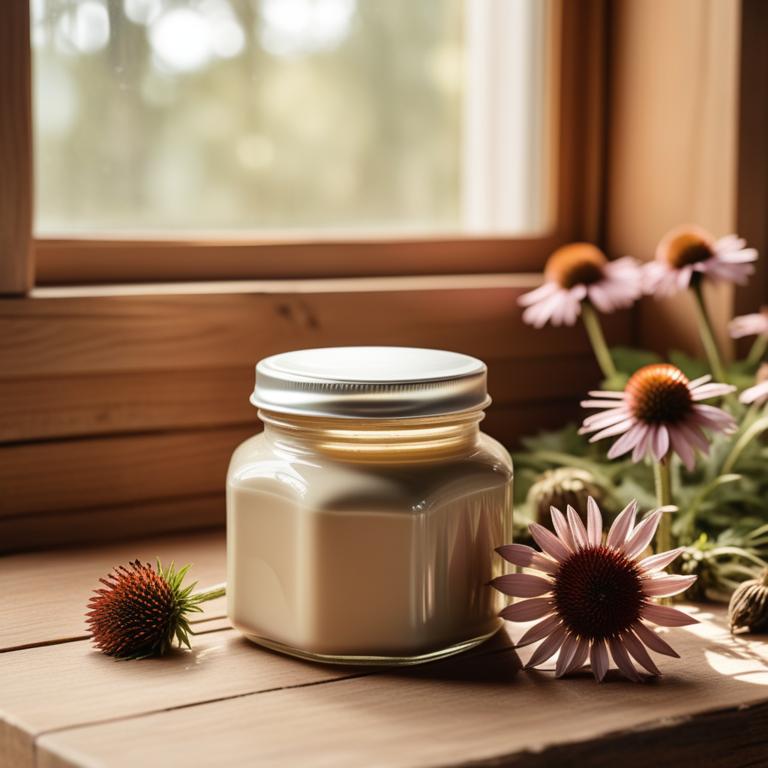
Echinacea purpurea creams have been widely used to treat mouth ulcers due to their anti-inflammatory, antimicrobial, and immunomodulatory properties, which help to reduce the severity and duration of the ulcers.
This herbal preparation helps to treat mouth ulcers by reducing swelling, pain, and inflammation, thereby promoting a faster recovery.
The bioactive constituents of Echinacea purpurea, including alkylamides, phenolic acids, and glycosides, have been found to exhibit potent antimicrobial and anti-inflammatory activities that contribute to its therapeutic effects.
The benefits of using Echinacea purpurea creams to treat mouth ulcers include reduced healing time, decreased pain and discomfort, and improved overall oral health.
5. Eucalyptus globulus creams
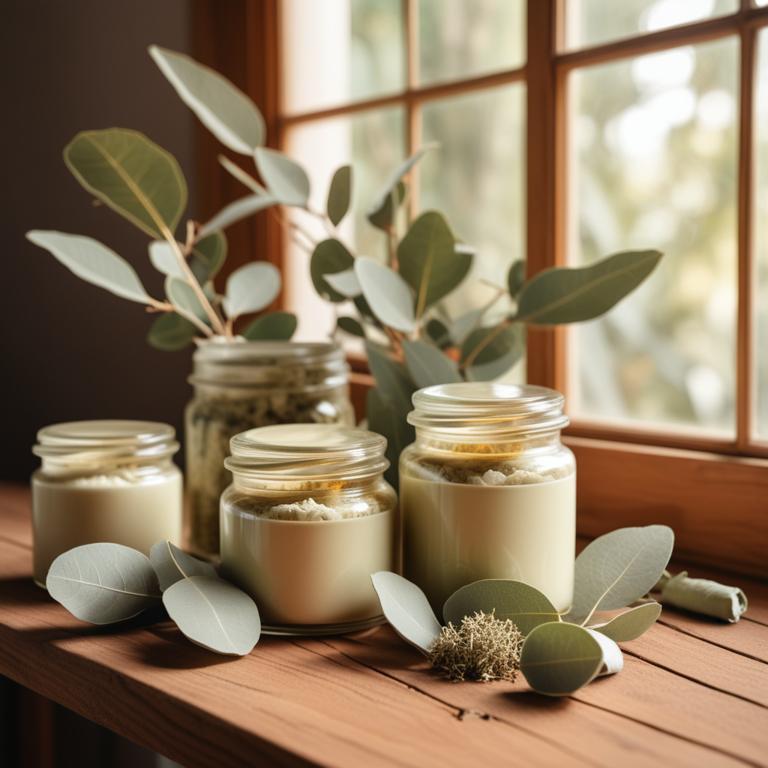
Eucalyptus globulus creams have been traditionally used to treat mouth ulcers due to their anti-inflammatory and antimicrobial properties, which help to soothe and protect the affected area.
The bioactive constituents of Eucalyptus globulus, including eucalyptol, cineole, and beta-pinene, possess anti-inflammatory and antioxidant properties that help to reduce pain, inflammation, and bacterial growth associated with mouth ulcers.
By applying Eucalyptus globulus creams to the affected area, individuals can experience reduced pain, swelling, and healing time, making it a beneficial treatment option for mouth ulcers.
The benefits of using Eucalyptus globulus creams to treat mouth ulcers include rapid pain relief, reduced risk of infection, and promotion of overall oral health.
6. Hydrastis canadensis creams
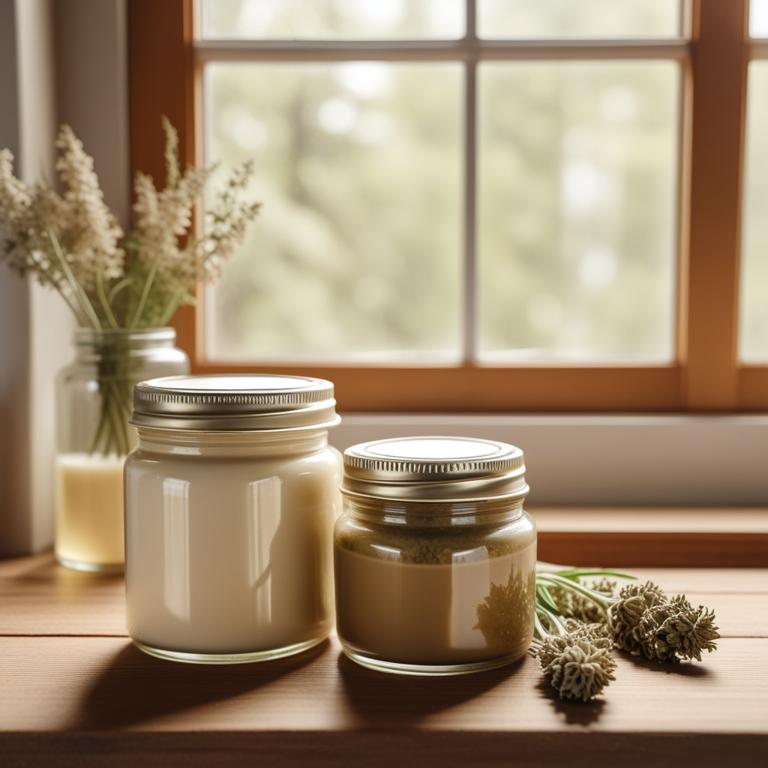
Hydrastis canadensis creams have been traditionally used to treat mouth ulcers due to their anti-inflammatory and antimicrobial properties, which help to reduce pain and promote healing.
The bioactive constituents of Hydrastis canadensis, including berberine, hydrastine, and hydrastinine, exhibit analgesic and anti-inflammatory effects, making it an effective treatment for mouth ulcers.
By applying these creams topically, individuals can experience relief from mouth ulcers and promote the healing process, reducing the risk of complications.
The benefits of using Hydrastis canadensis creams to treat mouth ulcers include reduced pain, faster healing, and prevention of secondary infections, making it a valuable natural remedy for this common ailment.
7. Mentha x piperita creams

Mentha x piperita creams, also known as peppermint creams, have been traditionally used to treat mouth ulcers due to their anti-inflammatory and analgesic properties.
The creams help to treat mouth ulcers by reducing pain and inflammation, promoting healing, and preventing infection.
The bioactive constituents of Mentha x piperita creams, including menthol, menthone, and limonene, contribute to their therapeutic effects.
Regular use of Mentha x piperita creams can provide relief from mouth ulcers and promote overall oral health, making them a popular natural remedy for this common ailment.
8. Zingiber officinale creams

Zingiber officinale creams, derived from the rhizomes of the ginger plant, have been used to treat mouth ulcers due to their anti-inflammatory, antioxidant, and analgesic properties.
The bioactive constituents of Zingiber officinale creams, including gingerols and shogaols, help to reduce pain and inflammation, promoting healing and recovery from mouth ulcers.
The topical application of Zingiber officinale creams helps to soothe and calm the affected area, reducing the risk of infection and promoting a healthy environment for healing.
The benefits of using Zingiber officinale creams to treat mouth ulcers include reduced pain and discomfort, accelerated healing, and prevention of further complications, making it a popular natural remedy for this common ailment.
9. Panax ginseng creams
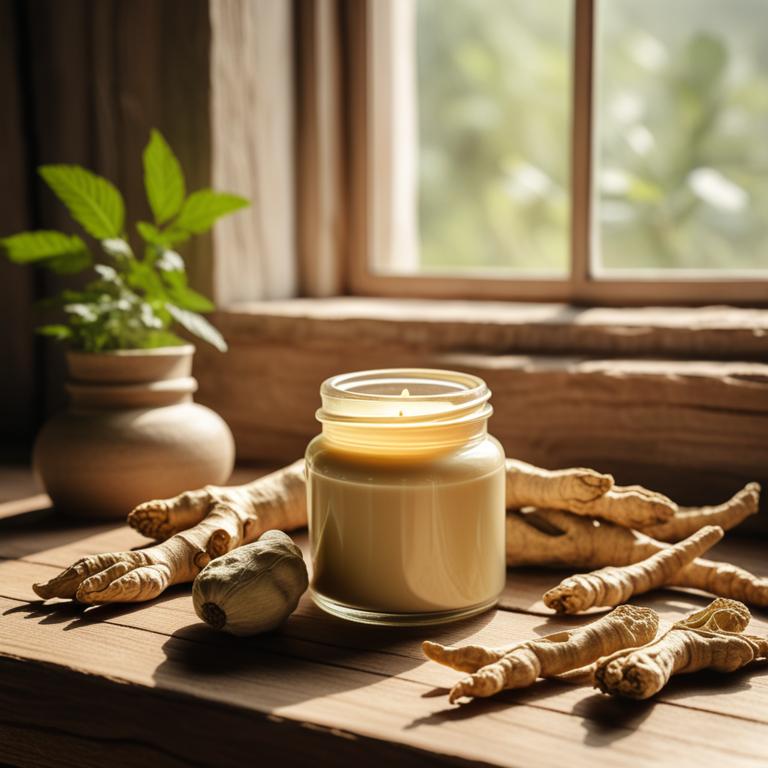
Panax ginseng creams have been traditionally used to treat mouth ulcers due to their anti-inflammatory and antioxidant properties.
The bioactive constituents of Panax ginseng creams, including ginsenosides and saponins, help to reduce inflammation, prevent the formation of ulcers, and promote wound healing.
These creams also exhibit immunomodulatory and antiviral properties, which help to boost the immune system and prevent the reoccurrence of mouth ulcers.
The benefits of using Panax ginseng creams for mouth ulcers include rapid healing, reduced pain, and prevention of scarring, making it a promising natural remedy for this condition.
10. Calendula officinalis creams

Calendula officinalis creams have been used traditionally to treat mouth ulcers due to their anti-inflammatory and antimicrobial properties, which help to soothe and heal the affected area.
These creams contain bioactive constituents such as triterpenoids and flavonoids that aid in reducing inflammation and promoting wound healing, thereby helping to alleviate the discomfort and pain associated with mouth ulcers.
The anti-inflammatory properties of Calendula officinalis creams also help to reduce the severity and duration of mouth ulcers, making it an effective natural remedy for this condition.
By using Calendula officinalis creams, individuals can benefit from a reduction in pain and inflammation, as well as a faster recovery time, making it a popular choice for those seeking a natural alternative to conventional treatments.
Related Study
According to "Supportive care in cancer : official journal of the Multinational Association of Supportive Care in Cancer", Calendula officinalis creams for mouth ulcers showed that the plant extracts of Calendula officinalis improved the lesions associated with oral mucositis.
11. Salvia officinalis creams
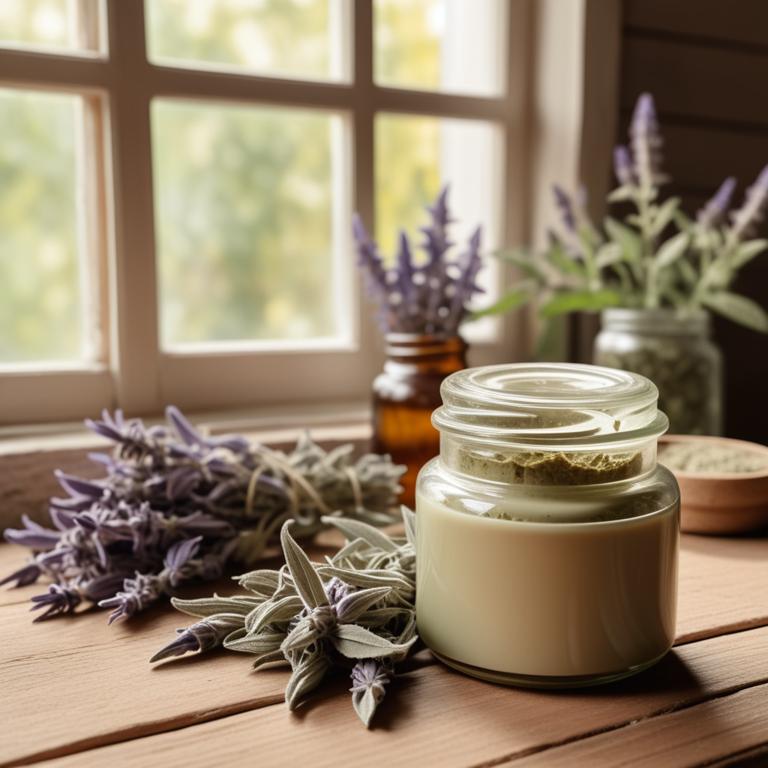
Salvia officinalis creams have been traditionally used to treat mouth ulcers due to their anti-inflammatory and antimicrobial properties, which help to soothe and heal the affected area.
The herbal preparation is rich in bioactive constituents such as salvenic acid and carnosic acid, which possess antioxidant and anti-inflammatory activities that aid in reducing pain and accelerating wound healing.
These bioactive compounds help to inhibit the growth of bacteria and viruses that can cause mouth ulcers, thereby promoting a speedy recovery.
The use of Salvia officinalis creams has been found to provide relief from the discomfort and pain associated with mouth ulcers, making it a popular natural remedy for this common health issue.
Related Study
According to "Journal of cancer research and clinical oncology", Salvia officinalis creams for mouth ulcers have been found to be effective in alleviating symptoms of oral mucositis and gingivitis, particularly in reducing pain and discomfort associated with mouth ulcers.